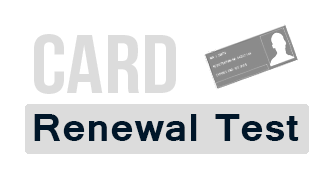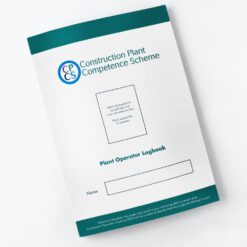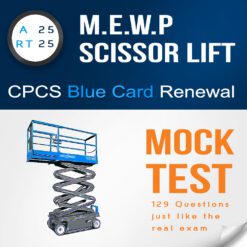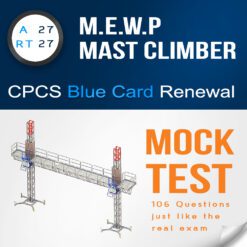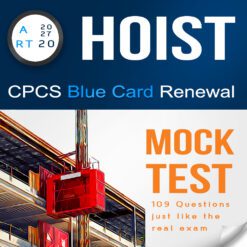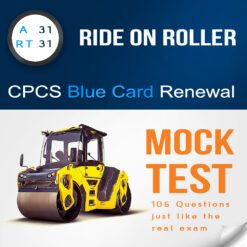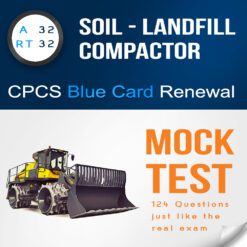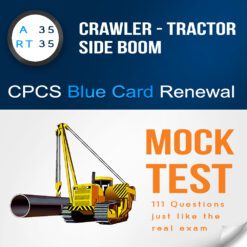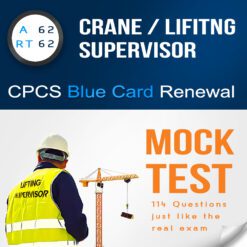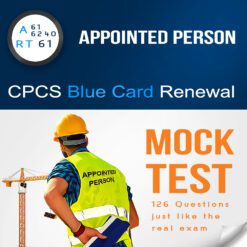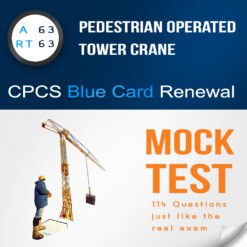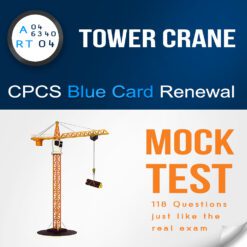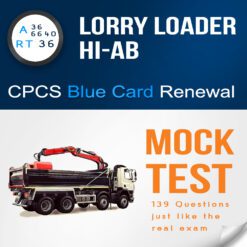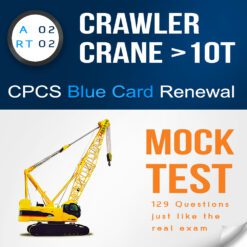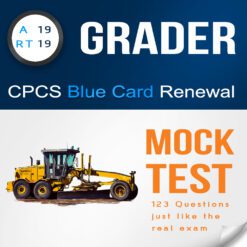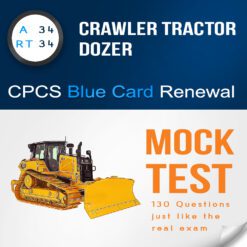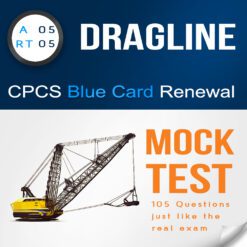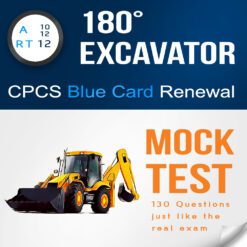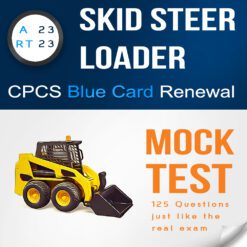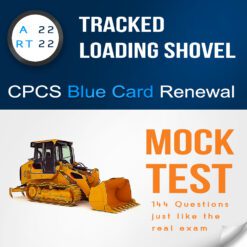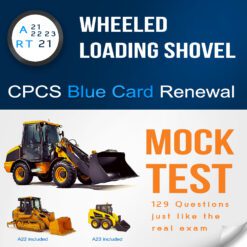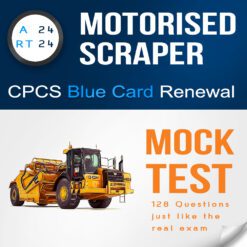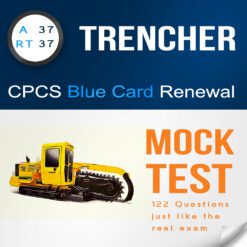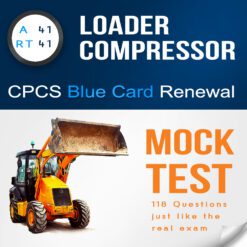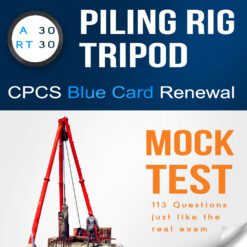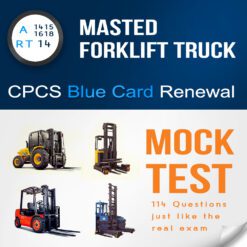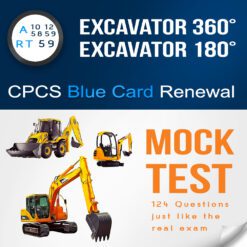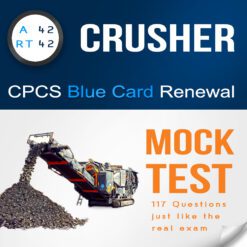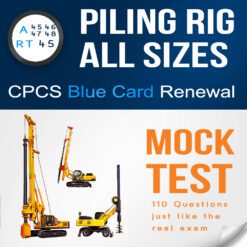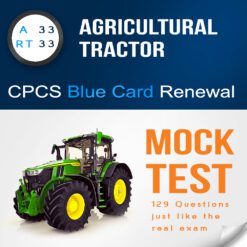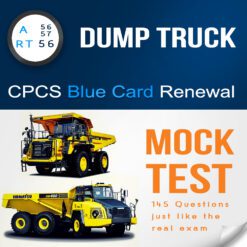1. What should be checked before releasing rear container doors?
A) That the load is centred
B) That the load is not leaning on the doors
C) That the doors are locked
D) That the ground is level
Correct Answer: B) That the load is not leaning on the doors
2. If reversing cannot be eliminated, what should be done?
A) Minimize reversing and keep it within a controlled area
B) Drive faster when reversing
C) Sound the horn continuously
D) Reverse without any restrictions
Correct Answer: A) Minimise reversing and keep it within a controlled area
3. How should waste be loaded to maximize stability?
A) Towards the front
B) To one side
C) Towards the rear
D) Spread evenly throughout
Correct Answer: D) Spread evenly throughout
4. What does the lift plan identify?
A) Emergency procedures only
B) The number of lifts needed
C) Risks, measures, loads and locations
D) Licensed operators only
Correct Answer: C) Risks, measures, loads and locations
5. When should a full function check of lifting hydraulic controls be done?
A) Monthly
B) At the start of each shift
C) Before work commences
D) When the vehicle is serviced
Correct Answer: C) Before work commences
6. How are partially loaded containers a hazard?
A) Increased maneuverability
B) Concentrated rear weight
C) Concentrated front weight
D) Improper load restraint
Correct Answer: C) Concentrated front weight
7. What are the two main methods of attaching skips to skip handlers?
A) Cables and pulleys, hydraulic arms
B) Lifting chains on arms, extended single arm with rollers
C) Crane and hook, clamps
D) Forklift tines, crane and cable
Correct Answer: B) Lifting chains on arms, extended single arm with rollers
8. Where should operators stand when a skip is being lifted or lowered?
A) At the rear near the stabilisers
B) Directly under the skip
C) Well clear of the operation
D) Beside the cab door
Correct Answer: C) Well clear of the operation
9. What happens if a stabilizer sinks into soft ground?
A) Improved stability
B) Reduced maneuverability
C) Potential instability
D) Automatic shutdown
Correct Answer: C) Potential instability
10. Why are underground services a concern?
A) They can rupture
B) They reduce friction
C) They void ground support
D) They attract vermin
Correct Answer: C) They void ground support
11. What charge may result if an overloaded skip vehicle damages roads or bridges?
A) Breach of license conditions
B) Dangerous driving
C) Careless driving
D) Exceeding axle weight limit
Correct Answer: B) Dangerous driving
12. What should be worn if climbing into the body of a skip or compactor?
A) A harness and fall restraint
B) Sturdy gloves only
C) Ear defenders
D) A full face mask
Correct Answer: A) A harness and fall restraint
13. What is a requirement of LOLER 1998?
A) 6 monthly thorough exams of all accessories
B) A lift plan for all lifting operations
C) Training records for all operators
D) Colour coding of slings and lanyards
Correct Answer: B) A lift plan for all lifting operations
14. Where should the operator stand when discharging a load?
A) Directly behind the vehicle
B) As close to the load as possible
C) Well clear of the discharge path
D) Beside the stabilisers
Correct Answer: C) Well clear of the discharge path
Q15. Who should conduct regular inspections of skip handlers?
A) External inspectors
B) The operator
C) The site manager
D) The manufacturer
Correct Answer: B) The operator
cpcs a39 mock test, citb rt39 mock test, skip handler mock test, skip handler test questions, cpcs renewal test, cpcs blue card test, nocn rt39 test, rt39 theory test, rt39 practice test, cpcs blue card renewal, skip handler training, cpcs test questions, cpcs mock exam, rt39 exam questions, blue card test questions, cpcs theory test, rt39 theory questions, cpcs practice test, cpcs revision, cpcs test preparation

